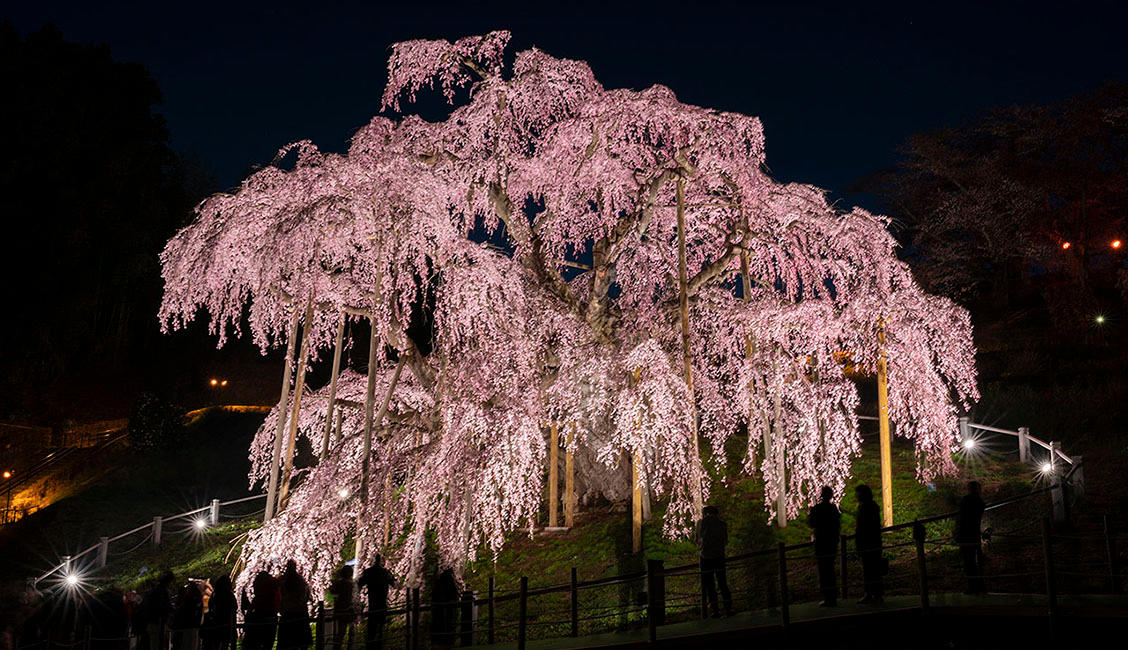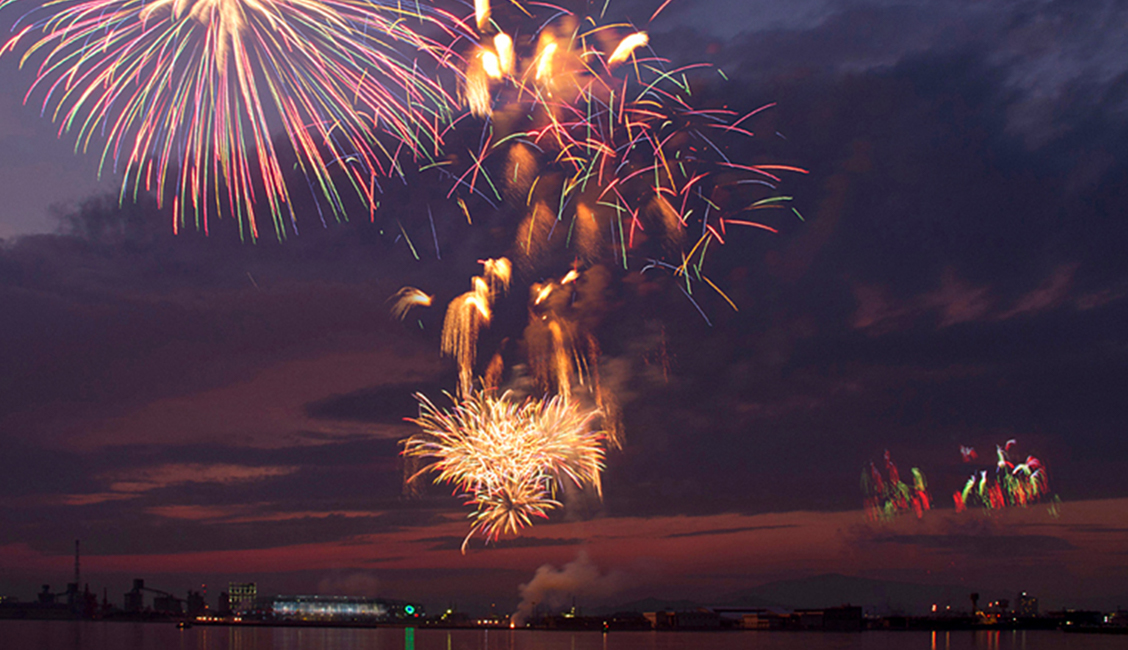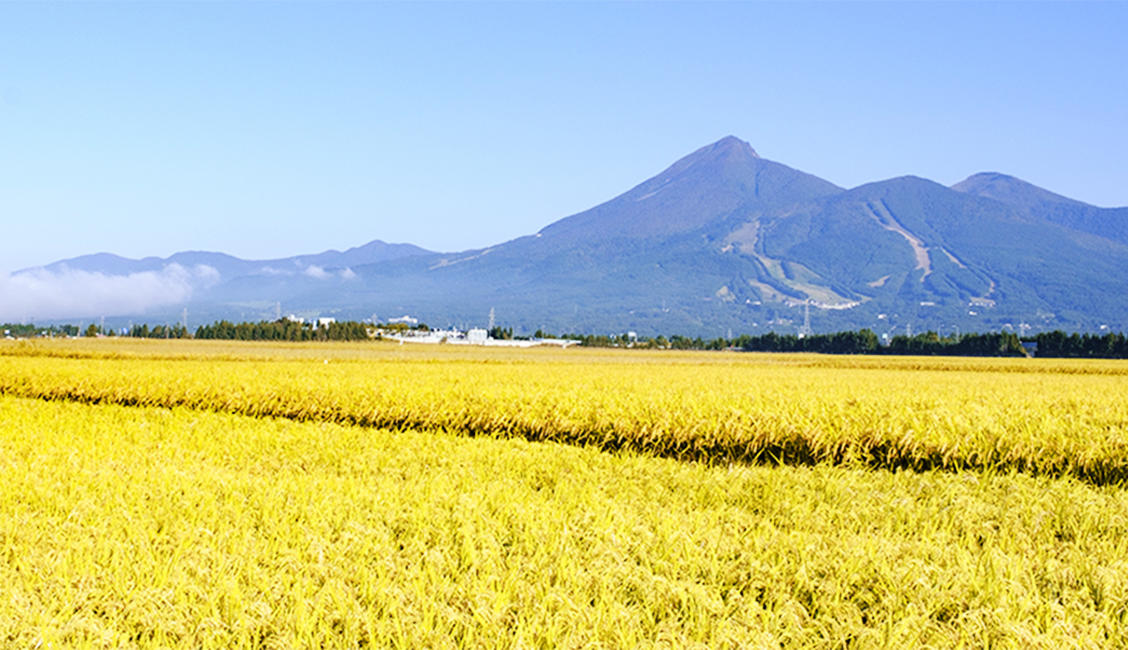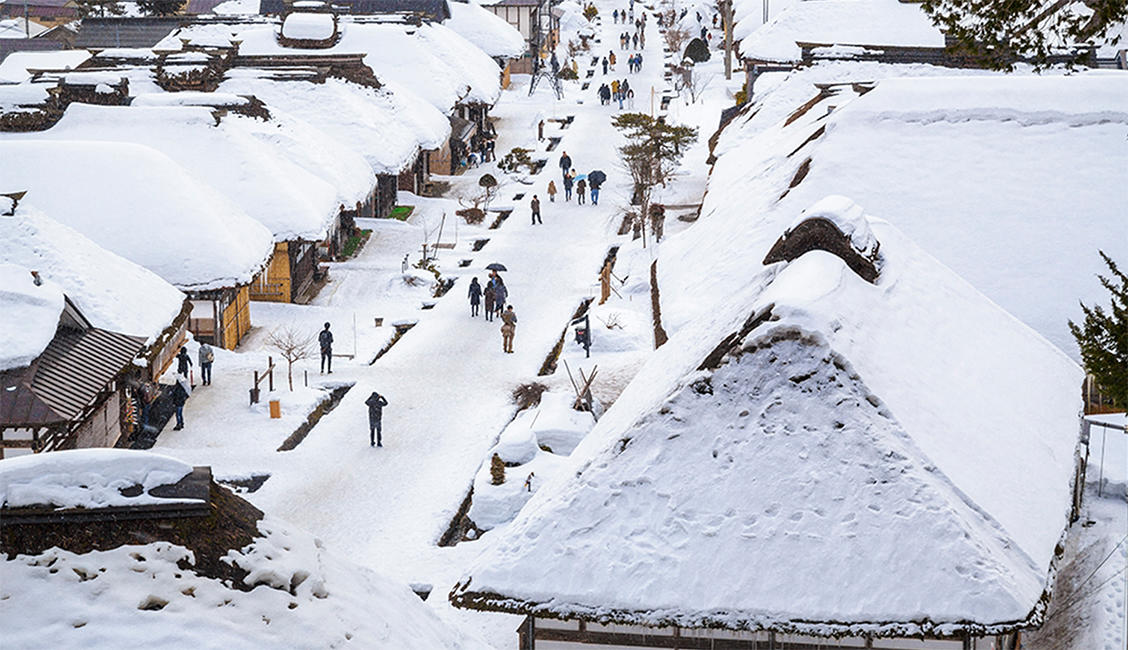FAQ
Reconstruction Efforts in Fukushima
In Fukushima, you’ll encounter abundant nature, deep history, relaxing hot springs, and a plethora of delicious food to try. The Aizu region is a favorite among tourists, including those from outside of Japan. Some highlights include the remnants of the Edo Period (1603-1868) that can be found at Ouchi-juku and the Tsurugajo Castle; the Tadami Line, known as one of the world’s most romantic train rides; the mysterious Goshiki-numa Ponds; and Kitakata ramen, one of Japan’s top three ramen. The Nakadori region boasts the Abukuma Cave, known as the largest limestone cave in the East, the millennium-old Takizakura cherry tree, the scenic Skyline road, and savor fresh, juicy fruits. The Hamadori region, which faces the Pacific Ocean, is home to Soma Nomaoi, a horse festival featuring roughly 400 mounted warriors, Iwaki Yumoto Onsen, which features a little slice of Hawaii in Japan, and more. With differing landscapes, culture, and climate, Fukushima offers attractions that will surprise and delight visitors.

Spring Miharu Takizakura

Summer Iwaki Fireworks Festival

Autumn Mount Bandai

Winter Ouchi-juku